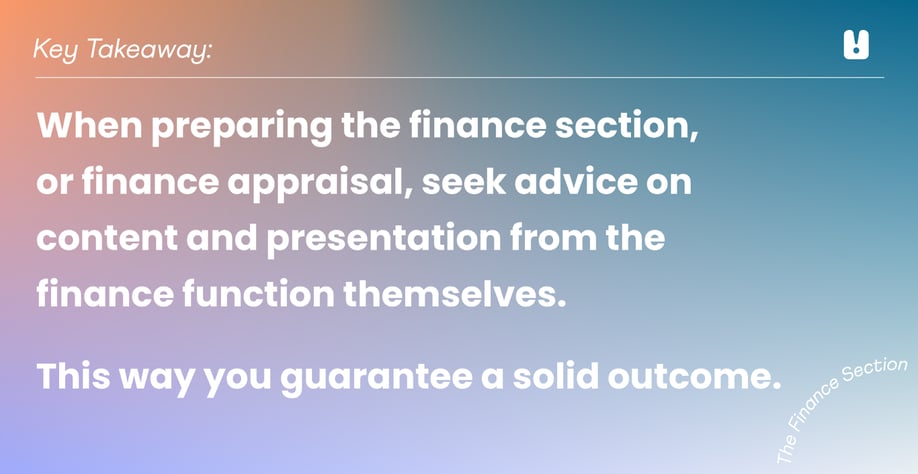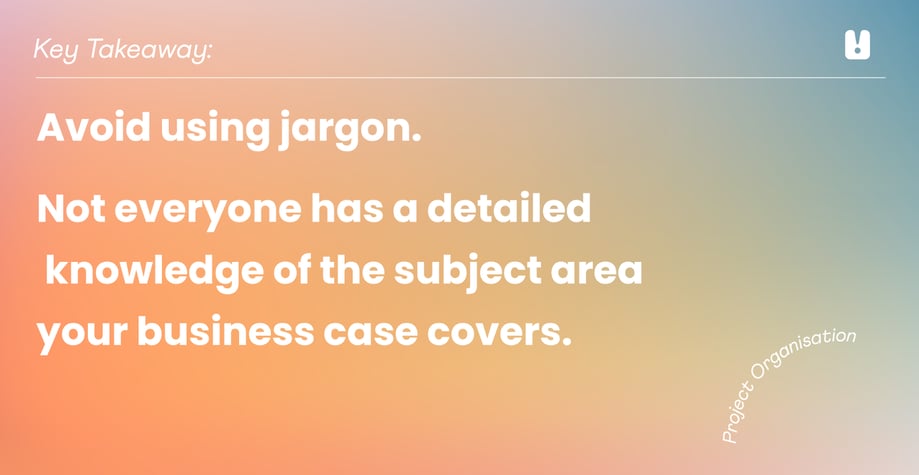
Almost every project needs to be approved and in business, resources are finite, and opportunities come at a cost. Everything needs to be supported by research, facts and figures and we facilitate decision-making by presenting a business case.
Business cases are critical pieces of project documentation that outline a problem and provide options to solve it. The aim of a business case is to convince decision-makers that a particular course of action will result in the best outcome for an organisation.
If you’ve never written a business case, this blog is here to help! With a few resources and a little planning, you can write a business case that will inevitably help you manage a successful project. This 5-step framework is an effective way of developing your business cases for the board, executive team, business owners and external stakeholders and investors.
5 steps to developing a solid business case:
1. The Executive Summary
The executive summary is the first section of the business case and the last written. It is a short summary of the entire business case. It succinctly conveys all the important information about the project at hand and communicates it to the reader.

2. Build Your Case In Doses
Most business cases mean significant investment for your company. In the same way, writing a business case is a significant investment of your time. Get your work checked as you go. You don’t want to waste large amounts of time only for it to be rejected straight away. Checking in with an executive stakeholder as you build out the different sections is a great way to confirm whether this initiative is something you should pursue.

3. Project Definition
This is the largest part of the business case and it answers most of the why, what, and how questions about your project. The definition outlines all of the critical details of your project as well as details on the business problem that the project is intended to solve. Another purpose of this section is to give a clear introduction to the business case and project. It should contain a brief overview of the reasons why the project has come about: the problem, opportunity, or change of circumstances.

4. The Finance Section
The finance section of an effective business case is primarily for those who approve the funding of projects. The purpose of a finance section is to:
- Identify the financial implications of the project
- Compare project costs against the forecast benefits
- Ensure the project is affordable
- Assess value for money
- Predict cash flow

5. Project Organisation
The final section of the business case is of most interest to the project manager, project team, and managers responsible for delivering work to the project. Essentially, this section describes how the project will be set up. Most companies utilise their own project management process framework, with most looking like this:
- Roles and responsibilities
- Project partner outline and overview
- Partner credentials
- Partner guarantee
- Timelines

Writing a business case can seem like a daunting task. These steps should provide you with a good starting point on creating a successful one. Remember, a business case should be concise and to the point, keeping the intended audience in mind when preparing each section.
Learning how to craft a great business case is the key to being effective and efficient when preparing them in the future!




